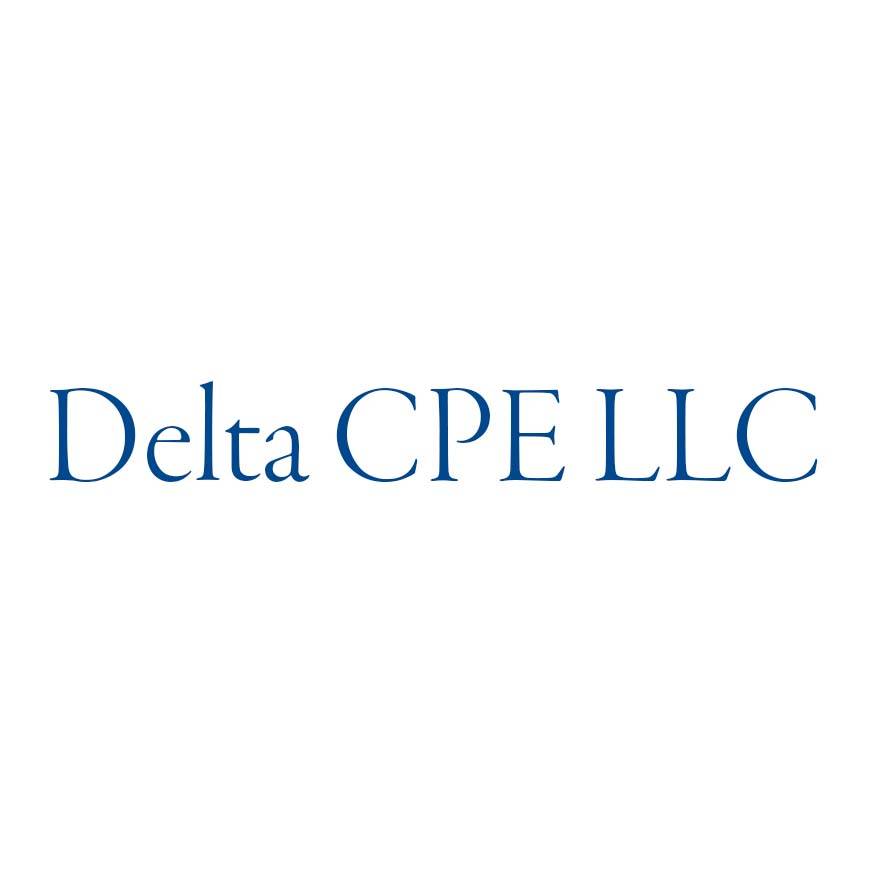Self-Study
Accountant’s Guide to Financial Management
The accountant's guide for covering financial concepts, investment analysis, and global markets to improve decision-making skills and business planning.

$375.00 – $415.00
Webcasts are available for viewing Monday – Saturday, 8am – 8pm ET.
Without FlexCast, you must start with enough time to finish. (1 Hr/Credit)
Please fill out the form below and we will reach out as soon as possible.
CPE Credits
15 Credits: Finance
Course Level
Overview
Format
Self-Study
Course Description
Accountant’s Guide to Financial Management is an essential guide for accountants lacking formal financial training, featuring a comprehensive overview of key financial concepts and strategies. This accounting for financial management course will enhance your understanding of managerial finance, investment evaluation, and international finance, empowering them to make informed financial decisions. The accounting for financial management course provides valuable tools like checklists and diagrams to aid comprehension and applies practical examples for real-world application. From understanding financial statements to mastering the intricacies of capital budgeting and portfolio selection, this course equips accountants with the knowledge and skills to excel in financial management and strategic planning.
Learning Objectives
Upon successful completion of this course, participants will be able to:
Chapter 1
- Identify the objectives of managerial finance.
- Distinguish between profit maximization and stockholder wealth maximization.
- Recognize factors that affect the value of a firm.
- Recognize the role of financial managers.
- Recognize the various legal forms of business organization.
Chapter 2
- Identify the basic financial statements used by a firm.
- Recognize how the balance sheet portrays a company’s financial position.
- Identify the components of a statement of cash flows.
- Recognize how footnote disclosures are used, and requirements for segment reporting.
- Recognize reporting requirements of the Sarbanes-Oxley 404.
Chapter 3
- Identify which factors are used in evaluating a firm’s stock.
- Recognize a comprehensive set of financial ratios and how to interpret them.
Chapter 4
- Recognize how ROI can be enhanced by management.
- Identify the basic components of the Du Pont formula and how it can be used for profit improvement.
Chapter 5
- Recognize steps in projecting financial needs by using the percent-of-sales method.
- Identify major steps in preparing the master budget.
- Recognize how the cash budget can be used to more effectively conduct financial management.
Chapter 6
- Recognize the concept and use of the time value of money.
- Calculate the present value of a future payment.
- Recognize the definitions for annuities and minimum rates of return.
Chapter 7
- Recognize the components required to compute the return of an investment.
- Define the risk-return trade-off used in understanding diversification.
- Identify the types of risks reported by beta in its use in designing a portfolio.
- Using the Capital Asset Pricing Model (CAPM), calculate portfolio return and portfolio risk.
- Using the Arbitrage Pricing Model (APM), compute rate of return.
Chapter 8
- Recognize the key inputs and concepts underlying the security valuation process.
- Distinguish between preferred stock and common stock.
- Recognize the various methods of common stock valuation.
Chapter 9
- Compute costs of financing for long-term debt.
- Identify the overall cost of capital.
- Recognize factors used in computing the overall cost of capital.
Chapter 10
- Define the capital budget.
- Identify capital budgeting methods used to grow a company.
- Recognize how different project conditions can affect ultimate investment decisions.
- Recognize the types of depreciation methods.
Chapter 11
- Identify how operating leverage affects a firm and compute total leverage.
- Recognize the primary objective of capital structure decisions and the influences on capital structure decisions.
Chapter 12
- Understand the components of working capital and how to compute work capital.
- Recognize different methods of managing accounts receivable and how they affect cash flows.
- Recognize ways to better manage inventory, including the economic order quantity and the ABC inventory control method.
Chapter 13
- Recognize the different short-term financing instruments and when one is most appropriate.
Chapter 14
- Recognize the advantages of using bonds for long term financing.
- Identify the types of bonds that can be issued.
Chapter 15
- Recognize the advantages and disadvantages of the different kinds of stock and other equity securities.
- Identify the types and characteristics of equity financing.
- Recognize the role of the investment banker.
- Distinguish difference between a private and public placement of securities.
Chapter 16
- Recognize the key features of the financial management of a multinational corporation (MNC), including foreign exchange issues.
- Identify ways to control currency risk.
- Recognize different types of foreign exchange exposure.
- Recognize ways to rate political risk.
- Identify various international sources of financing.
Course Specifics
SS3218055
March 26, 2024
There are no prerequisites.
None
392
Compliance Information
CMA Notice: Western CPE makes every attempt to maintain our CMA CPE library, to ensure a course meets your continuing education requirements please visit Insitute of Management Accountants (IMA)
CFP Notice: Not all courses that qualify for CFP® credit are registered by Western CPE. If a course does not have a CFP registration number in the compliance section, the continuing education will need to be individually reported with the CFP Board. For more information on the reporting process, required documentation, processing fee, etc., contact the CFP Board. CFP Professionals must take each course in it’s entirety, the CFP Board DOES NOT accept partial credits for courses.
Meet The Experts

For many years, Delta CPE LLC has offered a wide variety of continuing education courses for financial professionals. Topics covered by Delta’s courses include accounting, financial management, budgeting, investments, financial statement reporting, business management, IFRS, ethics, valuations, real estate, and business writing. The diversity and breadth of Delta’s course offerings make the company a prolific and unique contributor to the CPE world. Delta’s well-credentialed authors and contributors have also been published in numerous academic and professional journals and quoted by some of the leading financial media outlets.
Related Courses
-
 Finance
Finance
The CFO Guidebook
Steven M. Bragg, CPA QAS Self-Study
Credits: 22 $440.00
QAS Self-Study
Credits: 22 $440.00$440.00 – $480.00
-
 Finance
Finance
Personal Financial Planning for Accountants
Delta CPE LLC QAS Self-Study
Credits: 17 $391.00
QAS Self-Study
Credits: 17 $391.00$391.00 – $431.00
-
 Finance
Finance
Real Estate Financing and Investment
Delta CPE LLC QAS Self-Study
Credits: 4 $116.00
QAS Self-Study
Credits: 4 $116.00$116.00 – $136.00
